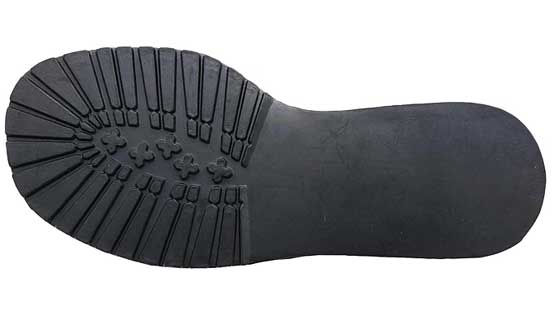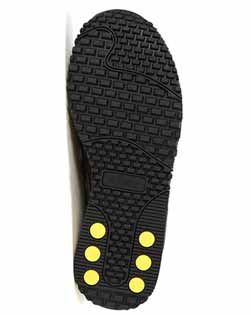Styrene butadiene rubber (SBR) is the outcome of synthetic rubber research that took place in the United States and Europe under the impact of the shortage of natural rubber during World Wars I and II. In 1929, a German chemist developed a series of synthetic elastomers by copolymerization of two compounds (styrene and butadiene) in the presence of a catalyst. The first step involved in the process is to let styrene and butadiene react together. The new synthetic rubber that was formed consists of about 25% styrene, with butadiene making up the rest, which in principle had the same properties as natural rubber. These rubber is considered to be the highest volume general purpose and the most common type of synthetic rubber.


Properties of Styrene Butadiene Rubber
- This type of rubber is usually very weak unless reinforcing fillers are incorporated. With suitable fillers, this becomes a strong rubber.
- It has similar chemical and physical properties like natural rubber.
- It has better abrasion resistance.
- It has poorer fatigue resistance.
- Heat resistance is better than natural rubber.
- Low temperature flexibility and tensile strength are less than that of natural rubber.
Applications of Styrene Butadiene Rubber
This is the most widely used synthetic rubber. Demands for rubber increased sharply, when the automobile industry developed. Many trials were made to produce a artificial or man-made rubber. The first synthetic rubber could not match natural rubber, but in due course of time 14 other rubber types were developed, having properties comparable with natural rubber or even better. Styrene-butadiene rubber or SBR, the most common and cheapest type of synthetic rubber, is as an example of the manufacturing principles. This rubber is used in many of the same products as natural rubber. SBR is also used to cover different types of hose and in a number of other products. It is used in tyre and tyre products which also includes tread rubber and this accounts for 76% of global consumption. Other uses of SBR include mechanical goods, automotive, miscellaneous, including adhesives, floor tile and shoe soles etc. Adhesives and chewing gum have also been identified as two growing markets for styrene-butadiene applications.
- Anti Vibration Mountings
- Automobile Rubber Products
- Calendered Rubber Products
- Extruded Rubber Products
- Medical Rubber Products
- Metal Bonded Components
- Rubber Adhesives & Sealants
- Rubber Ball
- Rubber Bands
- Rubber Beading
- Rubber Bearing
- Rubber Belt
- Rubber Buckets
- Rubber Bullets
- Rubber Cable
- Rubber Coating
- Rubber Duct
- Rubber Expansion Joints
- Rubber Flooring/Matting
- Rubber Footwear
- Rubber Gloves
- Rubber Injection Parts
- Rubber Lining
- Rubber Magnets
- Rubber Molded Products
- Rubber Pads
- Rubber Rollers
- Rubber Stopper
- Rubber Suit
- Rubber Track
- Rubber Valve
- Rubber Balloon
- Rubber Stamps
- Rubber Fenders
- Acrylic Rubber (ACM)
- Butadiene Rubber (BR)
- Butyl Rubber (IIR)
- Chlorosulfonated Polyethylene(CSM)/ Hypalon
- Ethylene Propylene Diene Monomer
- Fluoroelastomers (FKM)/Viton
- Isoprene Rubber (IR)
- Nitrile Rubber (NBR)
- Perfluoroelastomer (FFKM)
- Polychloroprene (CR)/Neoprene
- Polysulfide Rubber (PSR)
- Silicone Rubber (SiR)
- Styrene Butadiene Rubber
How to Make a Custom Rubber Stamp?
Whenever designing a custom stamp for your company, never compromise on its quality because in the end it is the most...
Read MoreLatex and Silicone Rubber Tubing - A Comparison!
Many industries use rubber tubing for various purposes. In fact, various types of rubber tubing are used for different applications...
Read MoreSilicone vs Acrylic Adhesive- A Comparison
Silicon and acrylic adhesives are those rubber adhesives that are widely used in Polyimide tapes. In fact, the polyimide...
Read More

